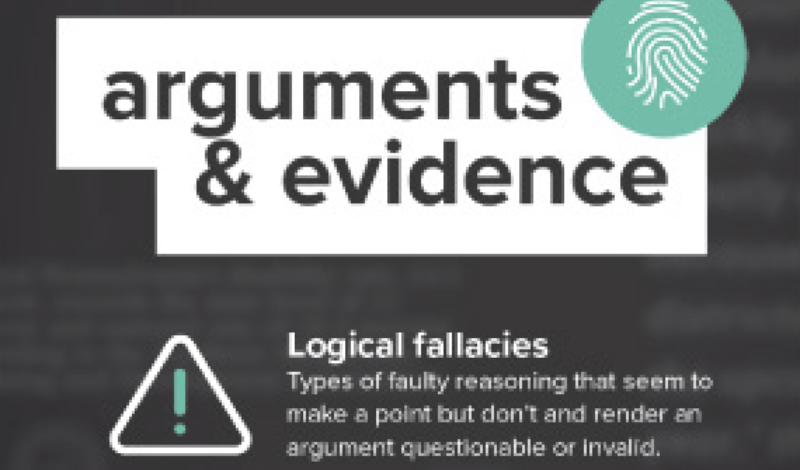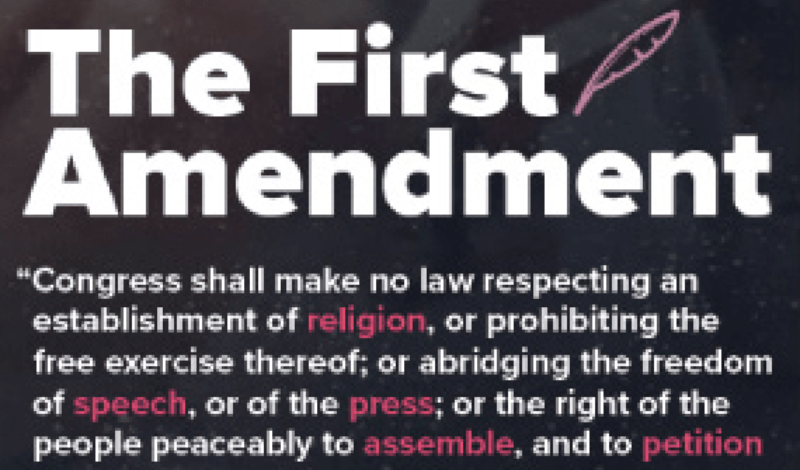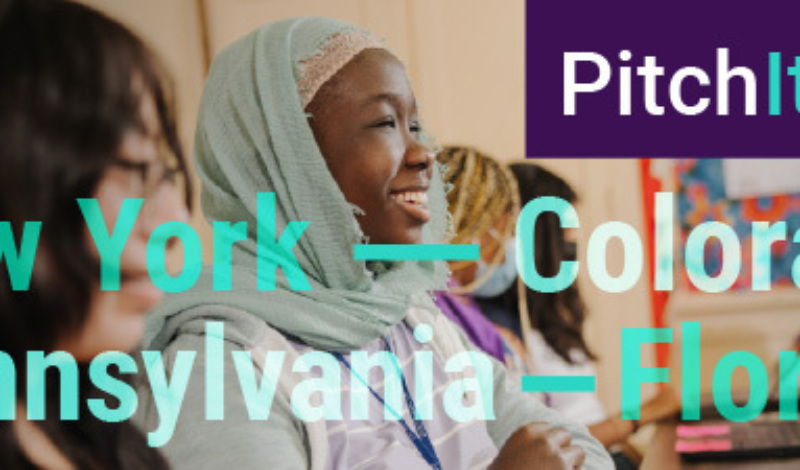
Arguments and Evidence
Reasoned arguments based on facts and evidence are an important part of civic discourse.
From sporting events to breaking news, many stories compete for journalists’ attention, but limited time and resources prevent newsrooms from covering everything. Moreover, much of what happens in a given day is not news. Journalists must also decide which stories are legitimate to avoid amplifying information that is false or misleading or that fails meet certain standards of credibility. So, how do journalists decide what to cover? Understanding the criteria that standards-based news organizations use to determine what is “newsworthy” is a key news literacy concept. This poster outlines the factors that determine newsworthiness, which impacts what issues and events get covered — and how prominently. These factors include how timely, important, interesting and unique a story is. At the News Literacy Project, we call these “The Big Four.” Journalists — who often juggle multiple story ideas at once — use these key criteria to help decide which stories the public most needs to know in a given news cycle.
This poster is based on the “What is News?” lesson available through NLP’s free Checkology® virtual classroom. In this foundational lesson, journalist Paul Saltzman of the Chicago Sun-Times guides students through a series of examples that invite them to step into the role of journalist and practice developing their own “news judgment.” Evaluating how timely, important, interesting or unique a story is, students assess the newsworthiness of examples and gain a deeper understanding of how difficult such decisions can be. What happens, for instance, when a story is timely without being particularly important, interesting or unique? Is it still newsworthy? Do some factors weigh more heavily than others, depending on the story?
The answers are not always clear–cut, and different journalists may approach such decisions differently. It can be easy to criticize coverage decisions or complain about story placements in publications and broadcasts. But working through tough news judgments firsthand in this lesson — from deciding which stories are most important to determining how these stories should be ordered on a news organization’s online homepage — empowers students to engage more thoughtfully in conversations about news coverage.
Reasoned arguments based on facts and evidence are an important part of civic discourse.


This poster helps remind students of the five freedoms protected by the First Amendment.


This poster features five reasons that people fall for conspiracy theories.


Student voices are catalysts for positive change in schools and communities. You can empower them to be well-informed and


In this lesson, students use four key criteria to explore how journalists determine which events to cover.



